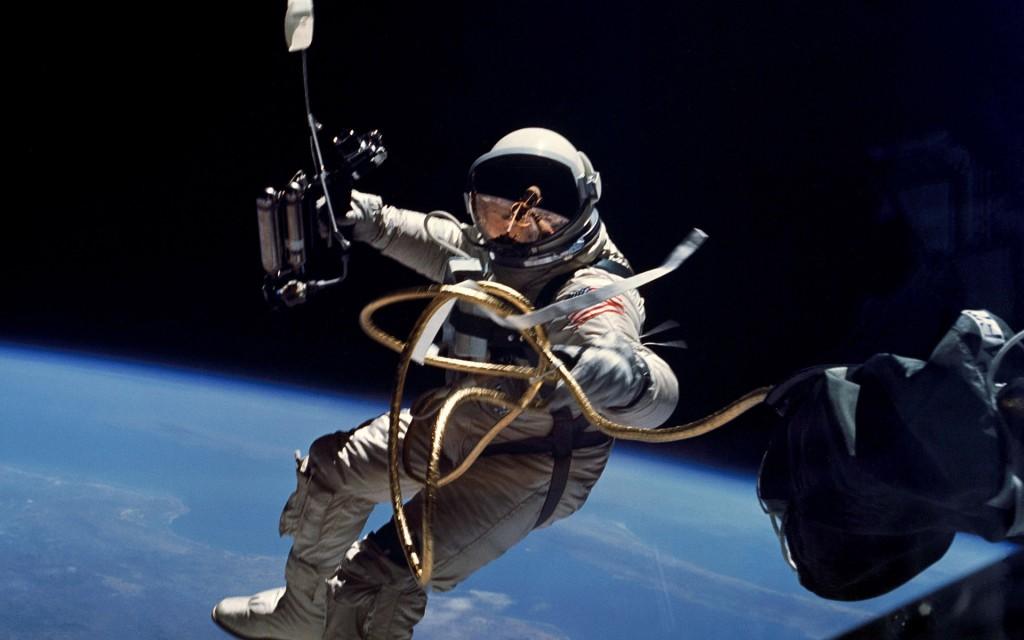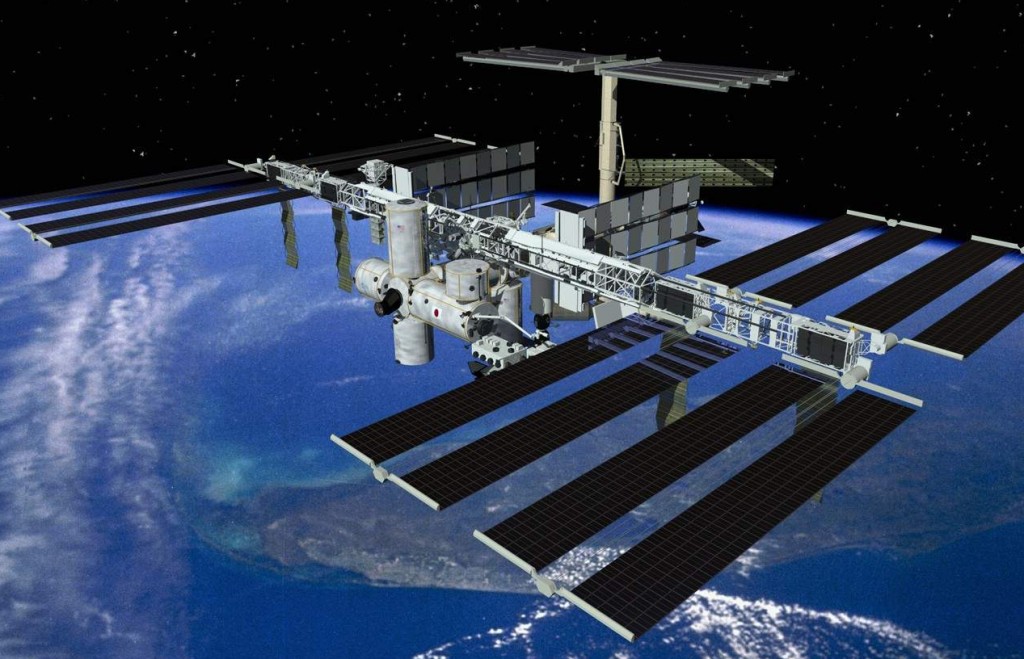A new report released this week by the National Research Council says that 3D printing might enhance U.S. missions to outer space in the future, but not significantly at this time. Some of the ways the report said that 3D printing could be used in space exploration include, enabling the manufacturing of replacement parts in space and requirements of launch logistics. Though certainly are very positive benefits, the NRC report, which was sponsored by NASA and the U.S. Air Force, states that the technology is not without its limitations.

Some of the limitations of 3D printing in space are due to the nature of space itself. These limiting factors include the vacuous nature of outer space, zero gravity and thermal fluctuations. The usefulness of 3D printing in space is seriously diminished due to these limitations, as they can actually affect the manufacturing process and the outcome of products produced via the technology.
Another current constraint on 3D printing in outer space is the cost. According to the report, at the moment it’s not fiscally feasible at present to operate, maintain and power 3D-printing operations in space in a way that doesn’t affect the mission. The automation that a 3D printer provides presents another cost challenge since a person or robot will need to be involved in moving parts from one machine to the next.
For those reasons, Robert Latiff, chair of the committee that wrote the report, president of Latiff Associates, and a former Air Force Major General, said that for now, 3D printing will just be another utensil in NASA’s arsenal.
“For in-space use, the technology may provide new capabilities, but it will serve as one more tool in the toolbox, not a magic solution to tough space operations and manufacturing problems. However, right now NASA and the Air Force have a tremendous resource in the form of the International Space Station,” he said. “Perfecting this technology in space will require human interaction, and the Space Station already provides the infrastructure and the skilled personnel who can enable that to happen.”
To get 3D printing in space where everyone wants it to be, the report recommends that NASA, the lead developer of space-based additive manufacturing technology, improve communications inside and outside the agency and create a plan to further develop 3D-printing technology. The report also states that NASA should identify and explore any experiments that it can develop and test aboard the International Space Station. The committee that authored the report said that the Air Force and NASA should invest in training scientists, engineers and designers with expertise in additive manufacturing. This report is available for pre-order on the National Academies Press website.
What do you think? Will 3D printing play a major role in space travel and exploration in the foreseeable future? Let’s hear your thoughts at the 3D printing in Space forum thread on 3DPB.com.
Subscribe to Our Email Newsletter
Stay up-to-date on all the latest news from the 3D printing industry and receive information and offers from third party vendors.
You May Also Like
Nylon 3D Printed Parts Made More Functional with Coatings & Colors
Parts 3D printed from polyamide (PA, Nylon) 12 using powder bed fusion (PBF) are a mainstay in the additive manufacturing (AM) industry. While post-finishing processes have improved the porosity of...
3DPOD Episode 193: Flow and What’s Possible in 3D Printing with Ricky Wildman, University of Nottingham
Ricky Wildman is working on 3D printing pills, but, as Professor of Multiphase Flow and Physics at Nottingham, he does a whole lot more. His research encompasses the characterization of...
3D Printing Webinar and Event Roundup: March 17, 2024
It’s another busy week of webinars and events, including SALMED 2024 and AM Forum in Berlin. Stratasys continues its in-person training and is offering two webinars, ASTM is holding a...
3D Printed Micro Antenna is 15% Smaller and 6X Lighter
Horizon Microtechnologies has achieved success in creating a high-frequency D-Band horn antenna through micro 3D printing. However, this achievement did not rely solely on 3D printing; it involved a combination...






























